Native American Life
-
About this Collection
Hundreds of Native Americans from many tribes were present at the Fair, either as part of the Indian Congress attraction on the Pike or the United States Government’s Anthropology exhibit.
Chiefs from many of these tribes lived for various times at the Fair. But none drew as much attention as Apache chief, Geronimo, did. By now the chief was in his 70s, but everyone still wanted a glimpse of the old warrior.
Sioux or Dakota Indians came from the Rosebud Reservation in South Dakota. Cocopa Indians came from Baja California. Wichita Indians came from Oklahoma. Other tribes included the Pawnees, Arapaho, Navajo, Hopi, Cheyenne and Chippewa.
While at the Fair the Native Americans demonstrated how they built their native homes. Geronimo lived in a tepee, but that was not the only native home on display. Kickapoo houses (wiikiappi) were built of elm bark and rush mats placed over a vertical framework of saplings. Examples the Kickapoo transportable domed winter houses could be seen as well.
A model Indian School demonstrated the educational methods of the United States Indian Office. One hundred-fifty students came to the Fair from the Chilocco (Oklahoma), Haskell (Kansas), Genoa (Nebraska), Fort Shaw (Montana) and Sacaton (Arizona) Indian schools.
Several programs featuring the American Indian tribes took place during the run of Fair. A popular one was the Carlisle-Haskell competition held on November 26, 1904. It was the first time that two American Indian football teams competed against each other on the gridiron. Final score: Carlisle 38, Haskell 4.
-
Kickapoo, Cheyenne, Wichita, Cheyenne, Osage, Sioux, Chippewa
Several hundred Native Americans from more than fifty ethnic groups were present at the Louisiana Purchase Exposition, either in the Indian Congress on the Pike or in the United States Government's Anthropology exhibit.
-
Chief Yellow Hair and council of Chippewas
-
Cocopa mother and child
During the Louisiana Purchase Exposition, Cocopa women and children stayed in the Indian village while the men of the tribe performed dances at the exhibit hall.
The Cocopa Indians at the Louisiana Purchase Exposition were from Baja California in Mexico.
-
Cummin's Wild West Indian Congress and Rough Riders of the World
-
Indian braves, splendid with savage finery, riding their ponies down the Pike, World's Fair, St. Louis
-
Kickapoo lodge and brave White Horse
Kickapoo houses (wiikiaapi) were built of elm bark and rush mats placed over a vertical framework of saplings. Transportable domed winter houses were oval in shape.
-
Klackwhat Indians from Vancouver
The two men in the middle of the photograph are identified, from left, as Klalish, who answers to the English name Charles James Nowell, and Klakoglas, or Bob Harris.
-
Navajo mother and babe
A Navajo woman wearing a longsleeved blouse and skirt sits on the ground beside a young child holding a bowl.
-
Prairie Flower, a Sioux maiden
The Siouan or Dakota Indians at the Louisiana Purchase Exposition were from the Rosebud Reservation in South Dakota.
-
Program : Olympic Games : football Carlisle Indians vs. Haskell Indians, President's Day, Nov. 26
The Carlisle-Haskell competition on November 26, 1904, was the first time the two American Indian football teams competed against each other on the gridiron. The score was Carlisle 38, Haskell 4.
-
Sioux
Three Dakota Sioux wearing eagle-feather headdresses and traditional clothing are on horseback. They hold lances covered with eagle feathers.
-
Sioux boy
A young Dakota man in warbonnet poses with a rifle. He wears a hairpipe breastplate.
-
Sioux Indians of the Wild West, on the Pike
-
Sioux man
-
Siwash Indians. an exhibit of anthropology
Willliam J. McGee (in center), director of the Anthropology department at the Louisiana Purchase Exposition, is shown with a group of Cocopa Indians.
-
Village of the Arapahoes. Exhibit of anthropology
-
Wichita brave
A Wichita man, wearing an eagle-feather headdress and wrapped in a blanket, stands at the entrance to a grass lodge at the Louisiana Purchase Exposition.
The Wichita Indians came to the Louisiana Purchase Exposition from Oklahoma.
-
Wichita grass lodge
Wichita men in traditional costume standing in front of a woven grass hut. A sign, in front of the lodge, reads "No photos."
-
Geronimo
Geronimo and a select party of his people form the Apache community in the Department of Anthropology.
-
Maricopa Indians
The Pima man in the photograph has been identified as Chief Blue Wing, with his family.
-
United States Government Indian School under construction, from s.w., Sept. 2, 1903
A model Indian School, set up by the United States government, demonstrated the educational methods of the United States Indian Office. One hundred-fifty students were brought to St. Louis from the Chilocco, Haskell, Genoa, Fort Shaw and Sacaton Indian schools.
å -
Native Americans on a horse and carriage ride
 View Image
View Image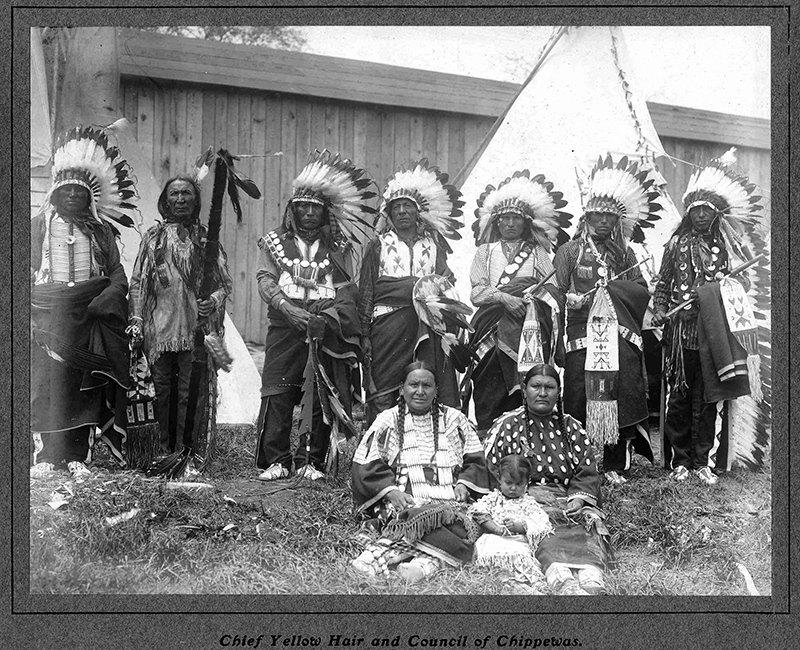 View Image
View Image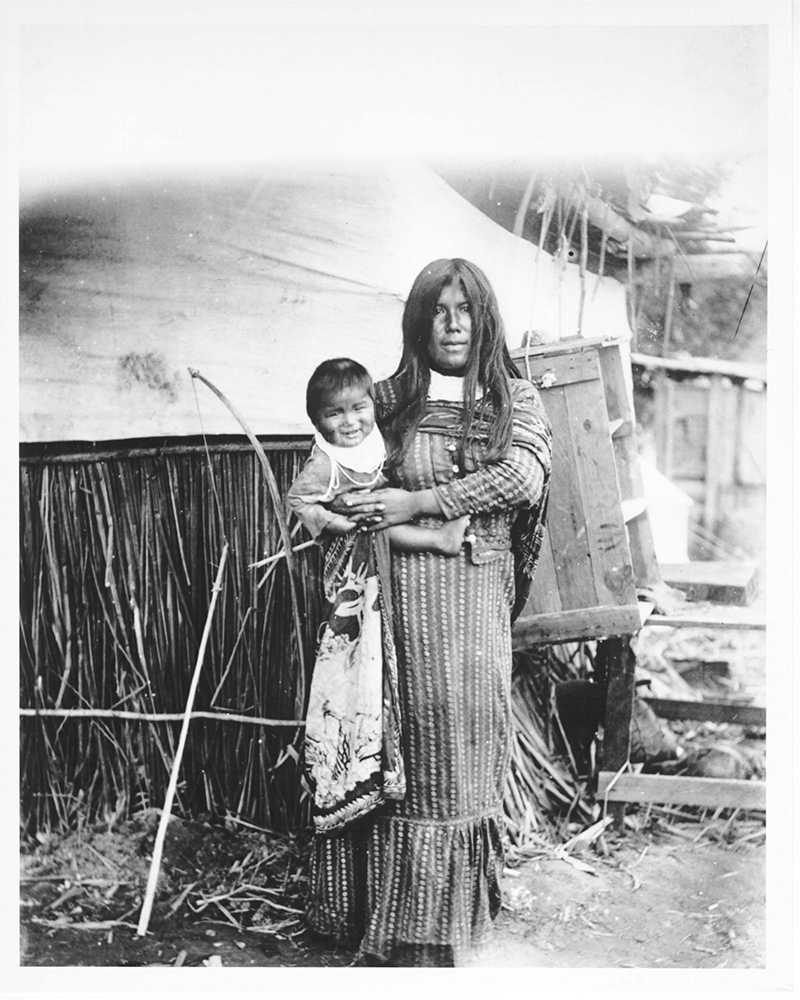 View Image
View Image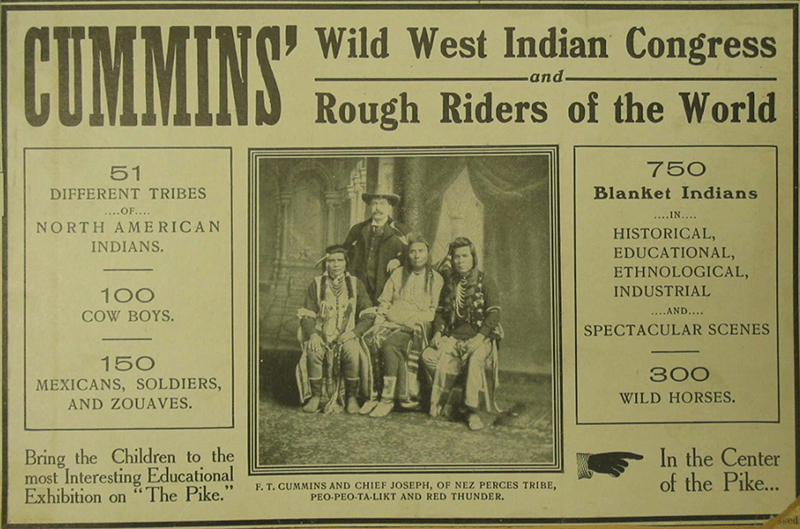 View Image
View Image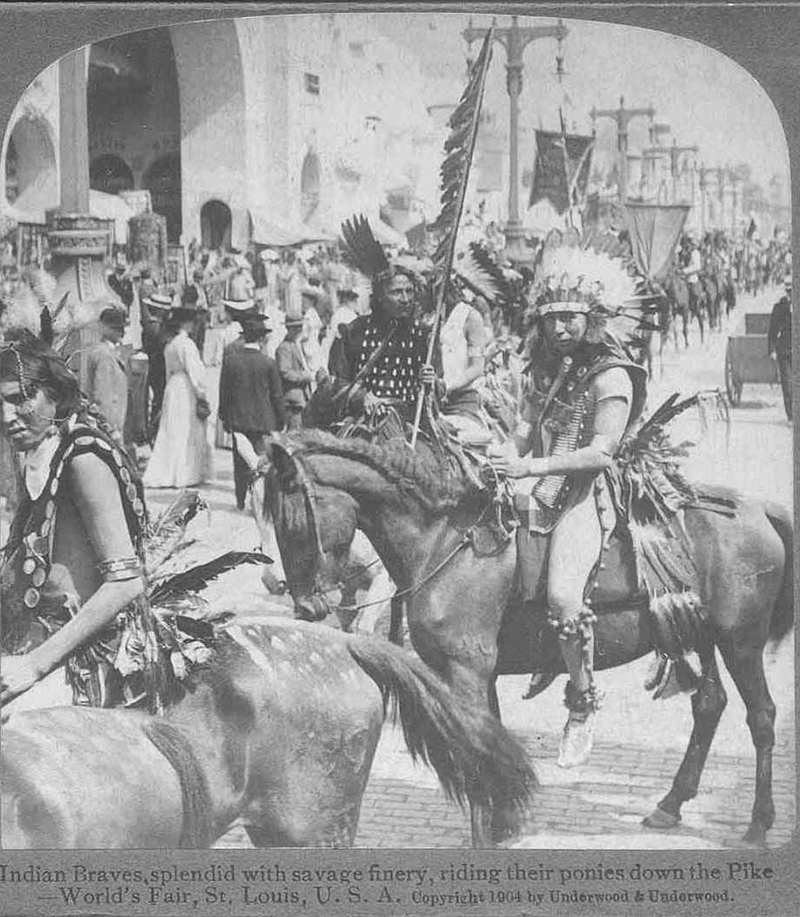 View Image
View Image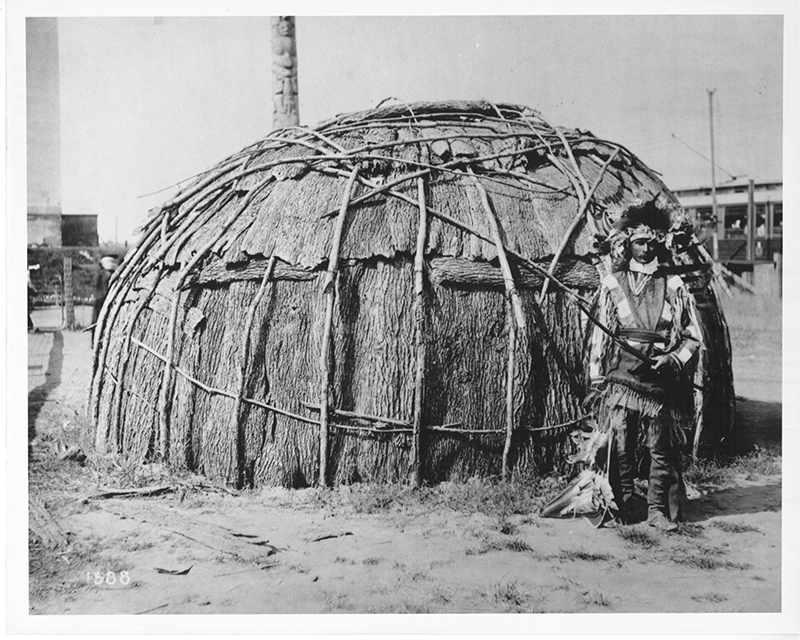 View Image
View Image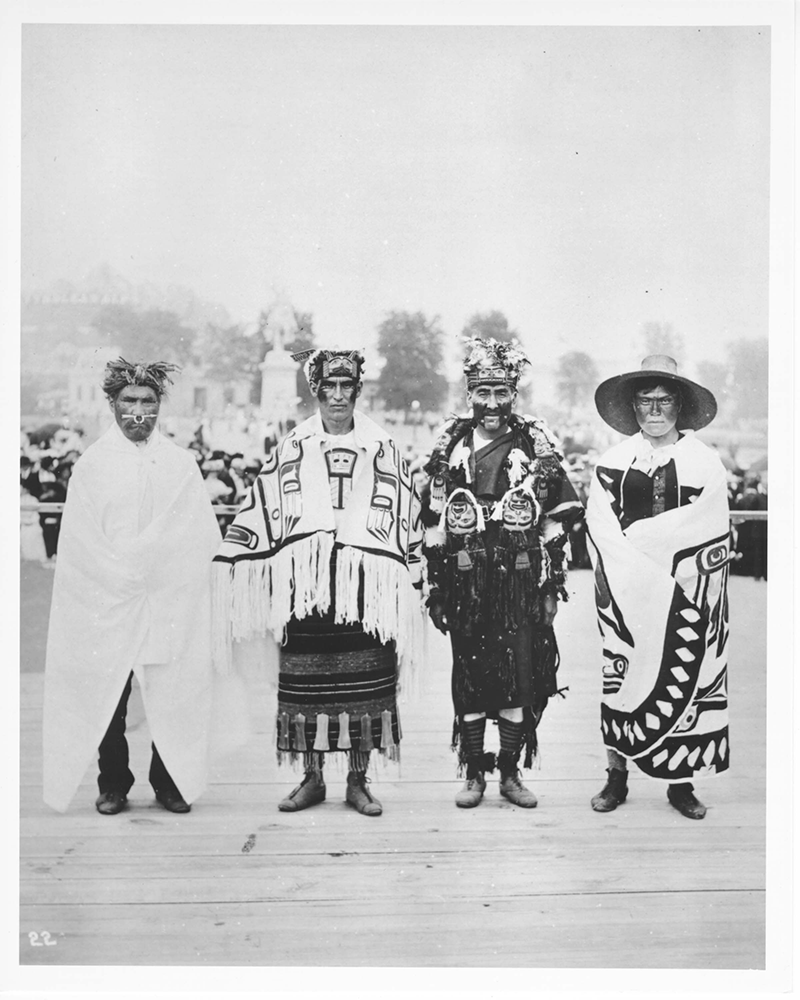 View Image
View Image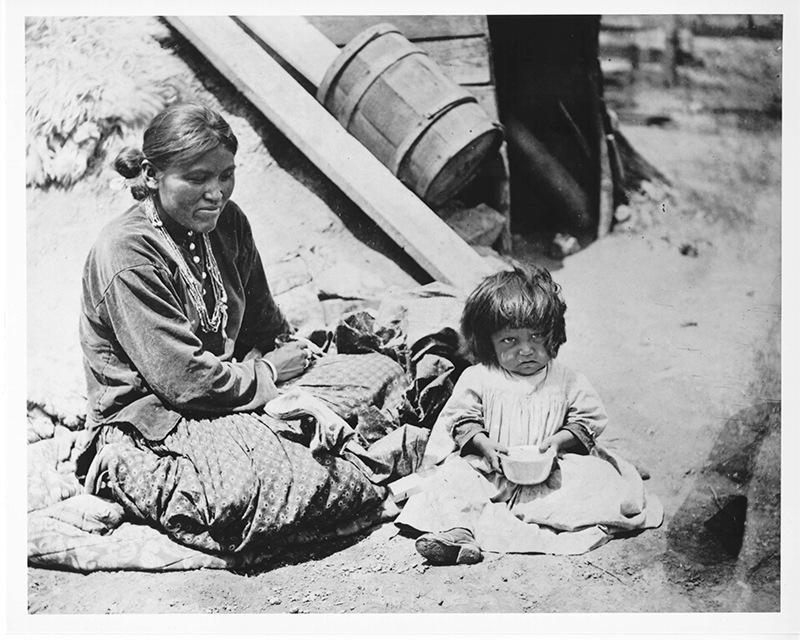 View Image
View Image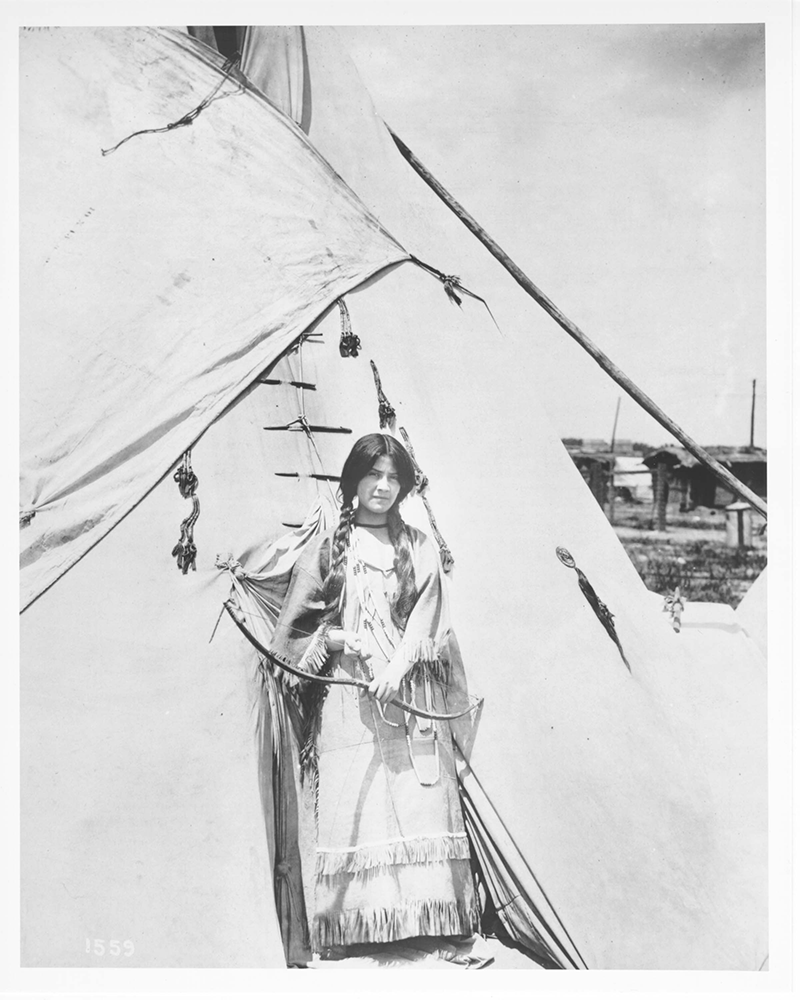 View Image
View Image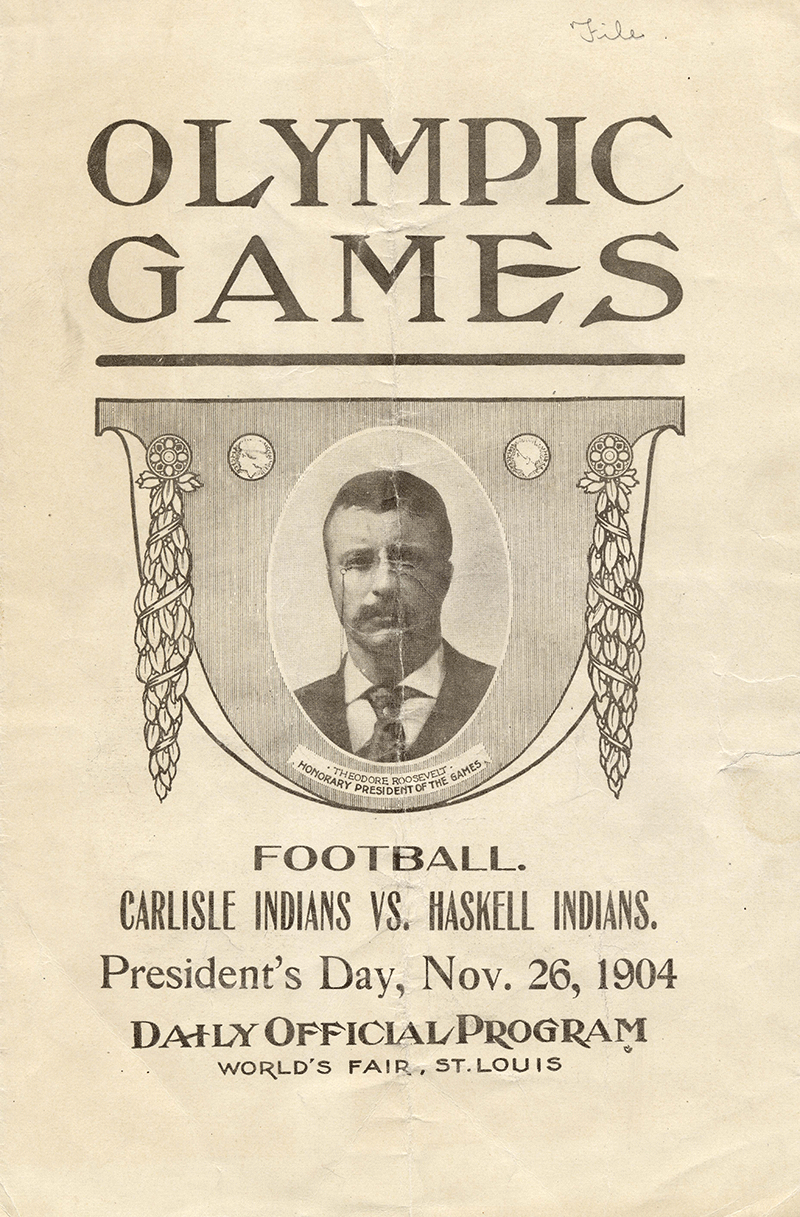 View Image
View Image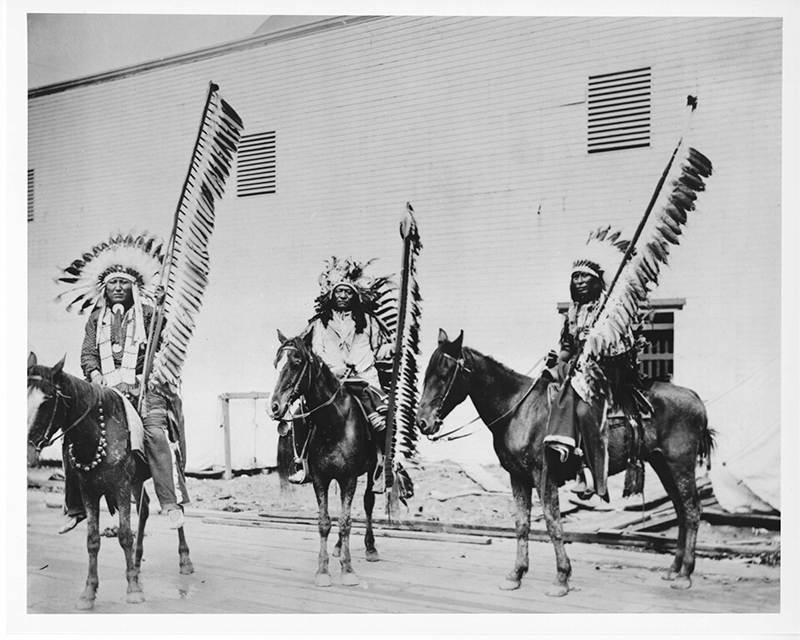 View Image
View Image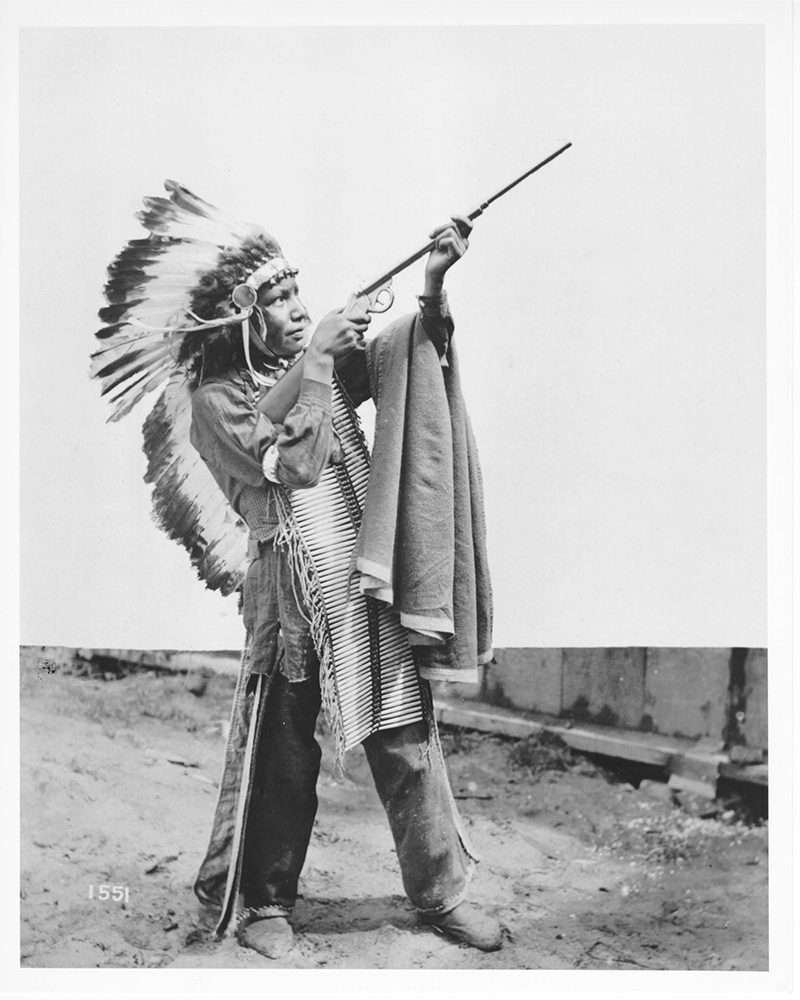 View Image
View Image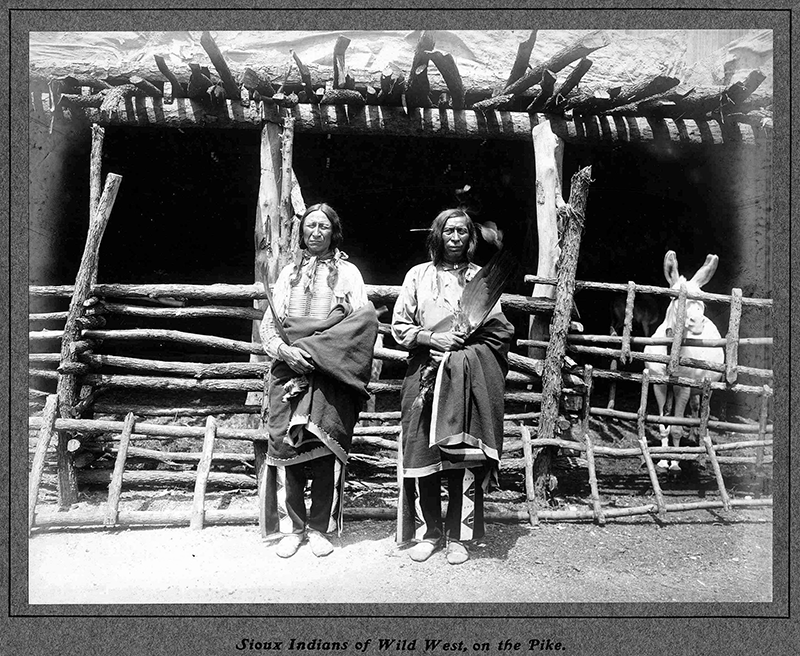 View Image
View Image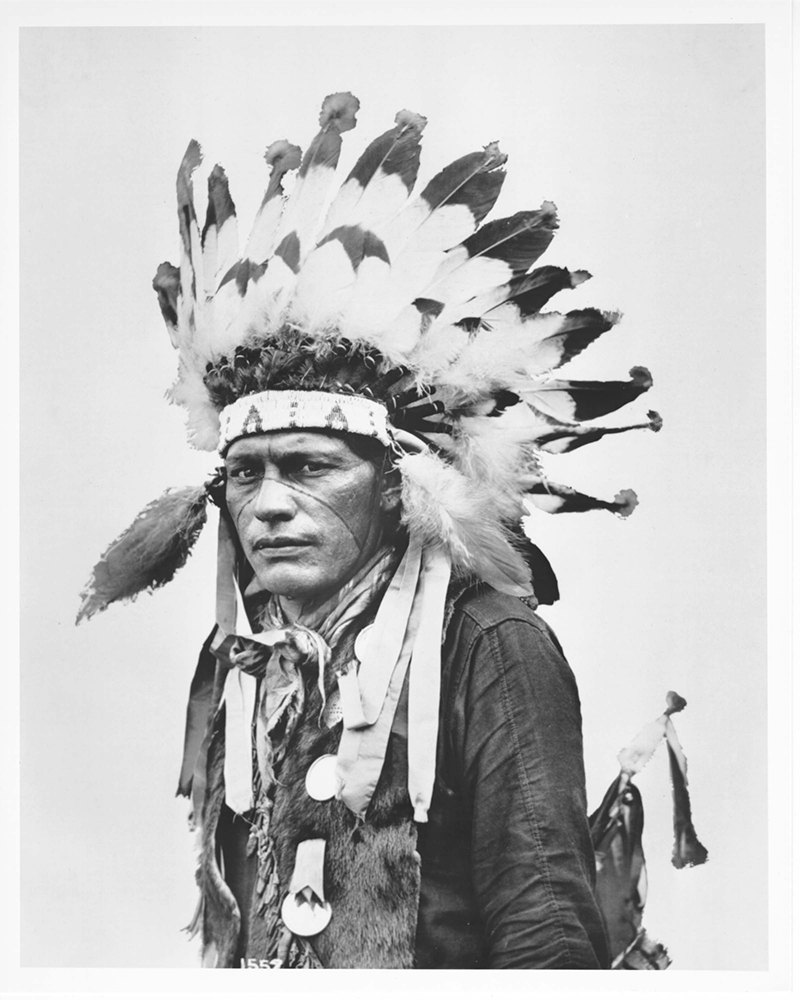 View Image
View Image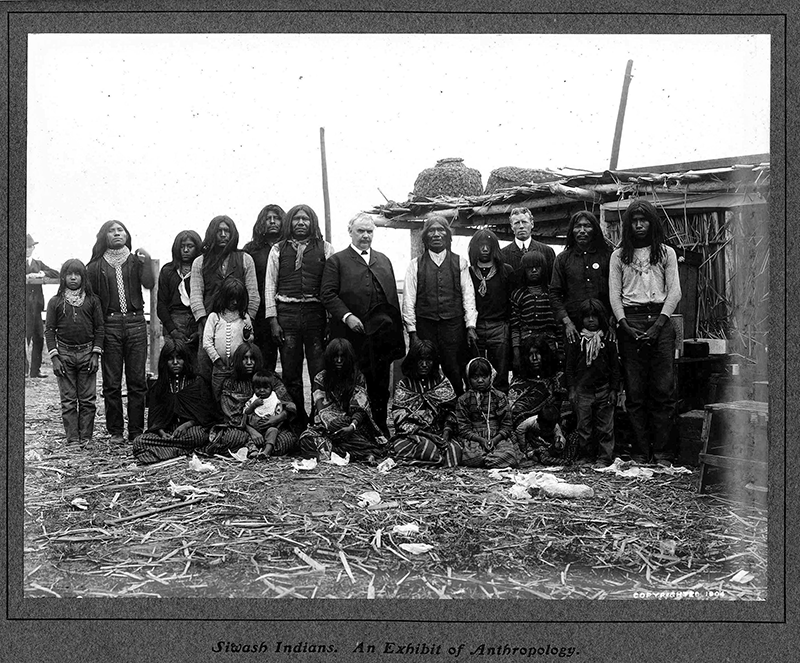 View Image
View Image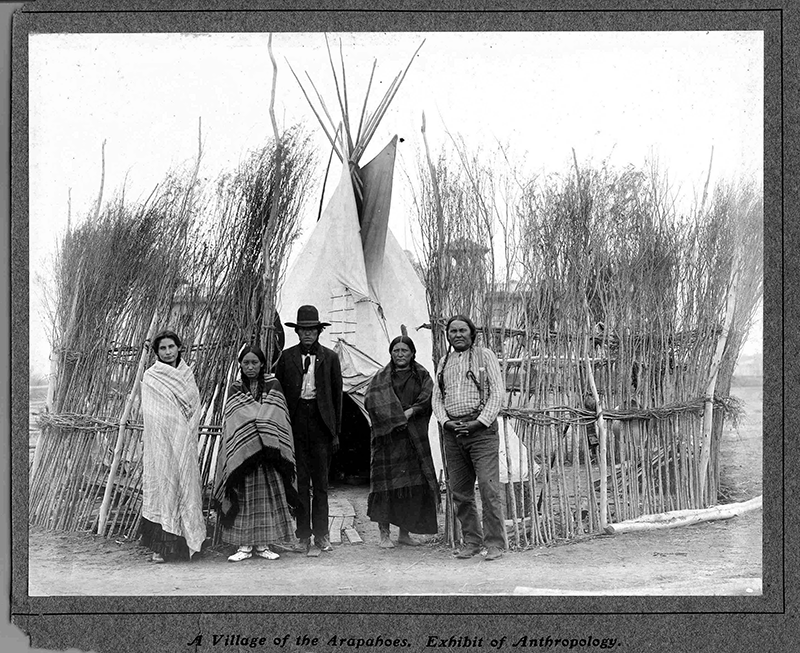 View Image
View Image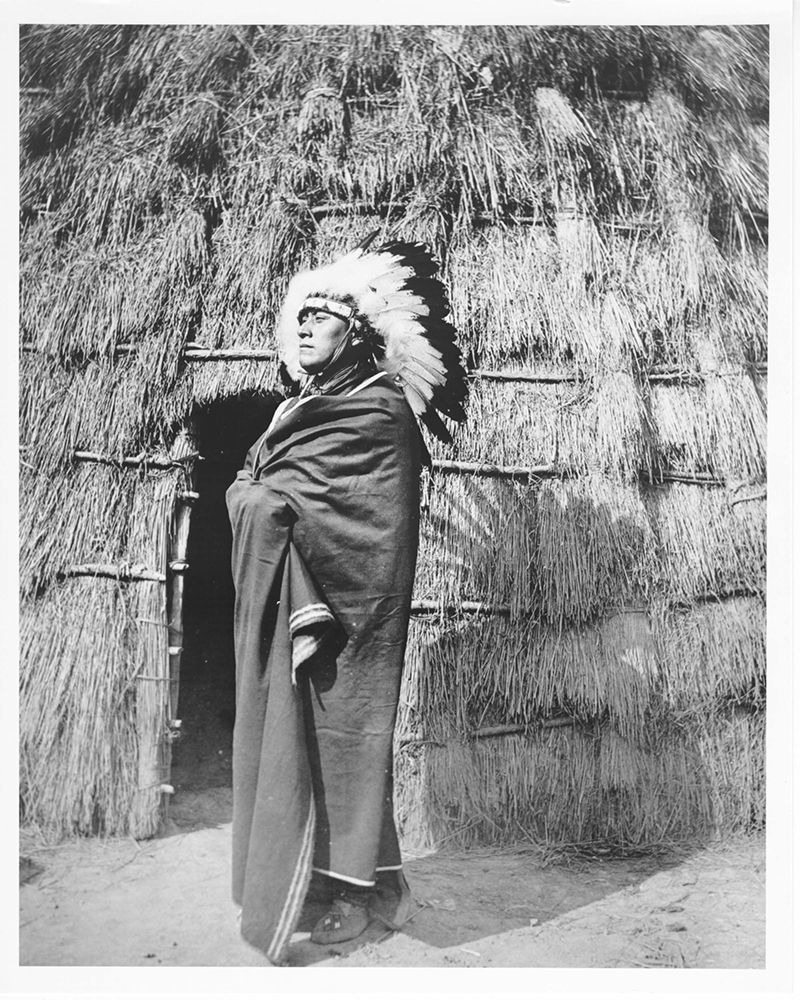 View Image
View Image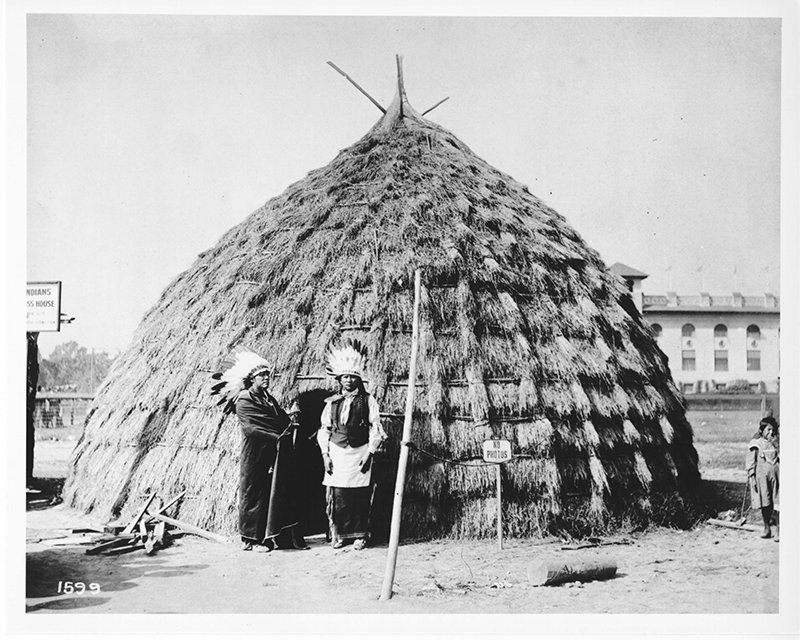 View Image
View Image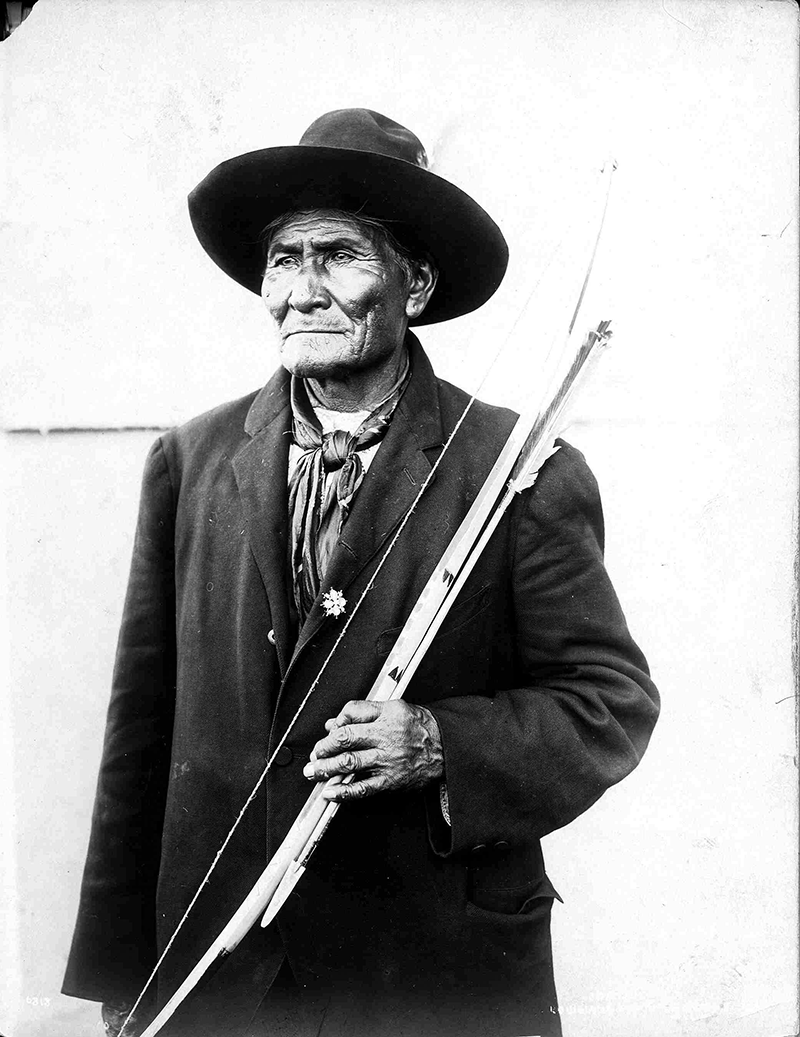 View Image
View Image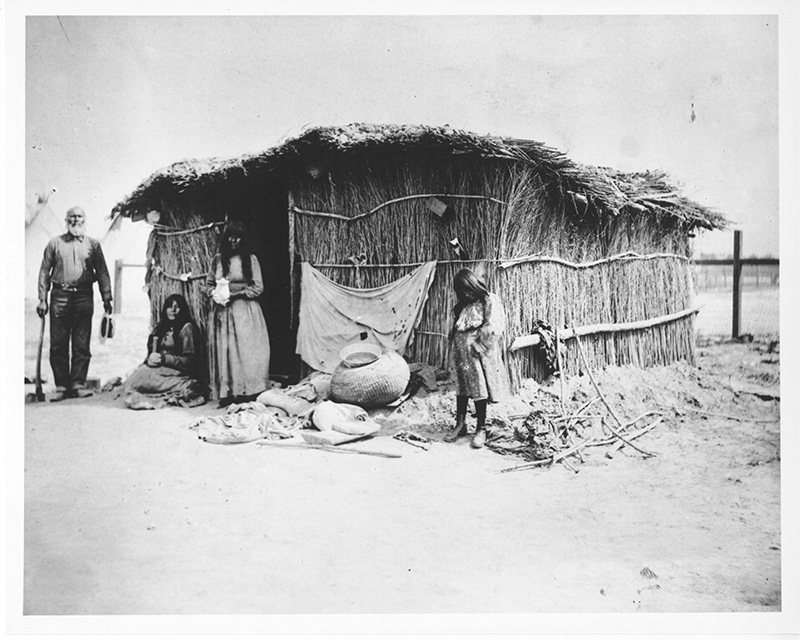 View Image
View Image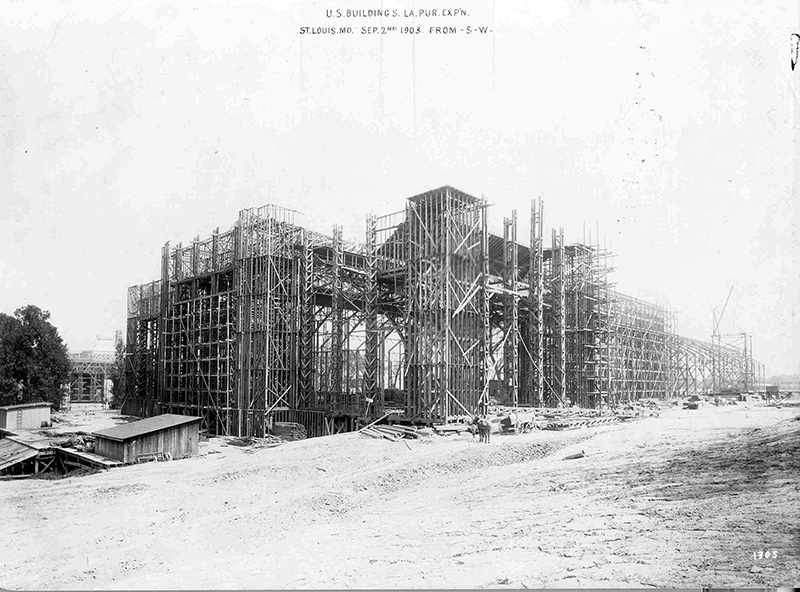 View Image
View Image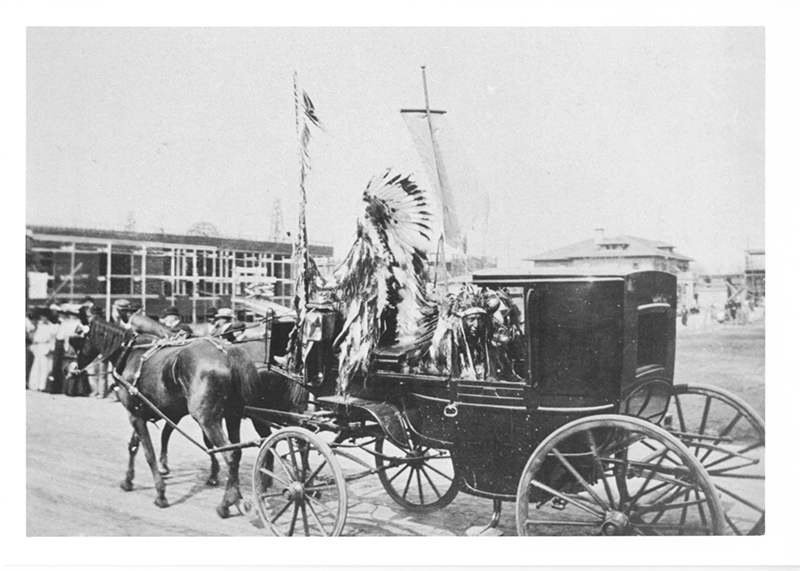 View Image
View Image